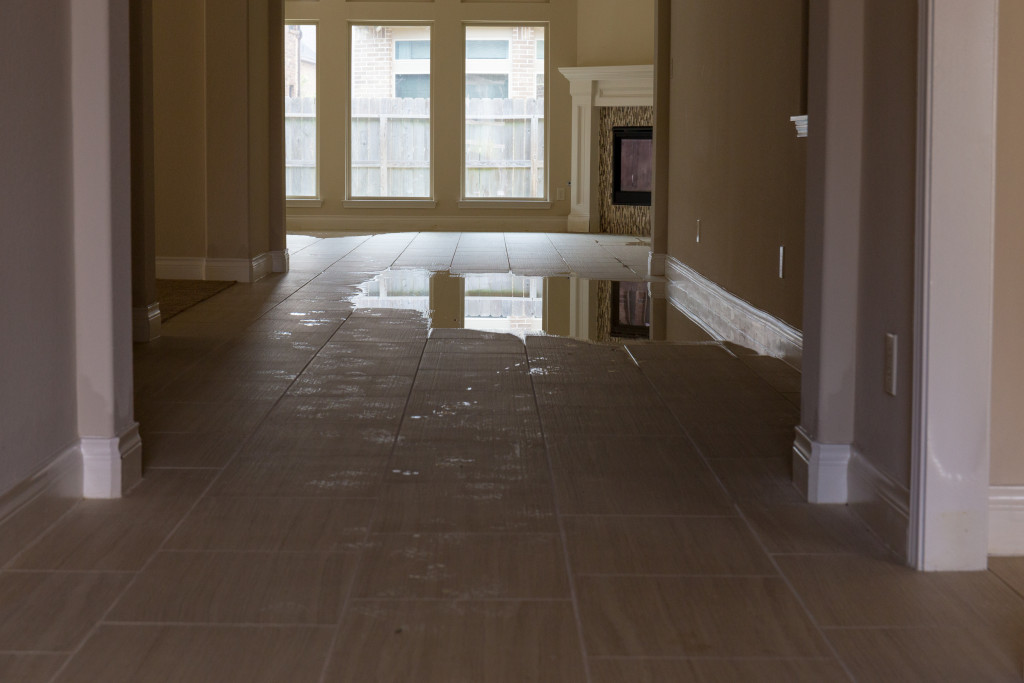- Assess the damage to your home both inside and outside to identify any visible signs of damage.
- Wear protective gear when assessing damage and be aware of structural damage.
- Contact your insurance provider and document the damage for insurance purposes.
- Utilize professional storm damage repair services to restore your home to its pre-storm condition.
- Follow these tips to navigate through the aftermaths of a storm and rebuild your home effectively.
Experiencing a storm can be a challenging time for homeowners. From strong winds to heavy rainfall, storms can cause significant damage to your property. Dealing with the aftermath of a storm requires careful planning and effective strategies to restore your home. This guide will provide five tips to help you deal with the aftermath of a storm and get your home back to its pre-storm condition.
1. Assess the Damage
After a storm, it’s important to assess the extent of the damage to your home. Start by conducting a thorough inspection of both the interior and exterior of your property. Look for any visible signs of damage, such as roof leaks, broken windows, or structural issues. Take photographs or videos of the damage for insurance purposes.
Next, check the interior of your home for any signs of water damage, such as peeling paint or stained walls. Attention areas where water may have seeped in through doors and windows. Look for mold growth on walls, floors or ceilings caused by damp conditions. If you notice any of these signs of damage, document them with photographs or videos.
Inspect your roof for any missing, damaged or loose shingles caused by strong winds or hail. Check gutters and downspouts to ensure there are no blockages due to debris from the storm. If you notice any damage to the roof, such as missing tiles, it needs to be repaired quickly to prevent further water damage from entering the property.
2. Ensure Safety
Safety should be your top priority when dealing with storm aftermaths. Here are some tips to ensure safety:
Wear Protective Gear
It is important to wear protective gear when assessing damage from a storm or handling debris. This includes safety goggles, face masks, gloves and heavy-duty clothing that covers your arms, legs and torso.
Be Aware of Structural Damage

When inspecting damaged areas in your home or building, check for any structural damage before entering the area. Look for cracks in walls, ceilings or floors; inspect roofs for sagging, bulging or missing tiles; and look out for any other signs of structural instability.
Check Your Utilities
In case of water leakage due to flooding or burst pipes, turn off the main power switch and shut down all utilities, such as the gas supply. This will help prevent the risk of fire and electrocution.
Prepare an Emergency Kit
To prepare for any emergency situation, it is important to have an emergency kit that includes basic supplies such as food, water, clothing, first aid kits and flashlights. Ensure these items are readily accessible in case of evacuation or power failure. Additionally, keep important documents such as identification cards and insurance papers in a waterproof bag and keep it somewhere safe. These simple steps can go a long way in helping you stay safe during storm aftermath.
3. Contact Your Insurance Provider

If you have home insurance, contact your insurance provider as soon as possible to report the damage. Provide detailed information about the damage and follow their instructions regarding the claims process. Take note of any deadlines or documentation required for your claim. Documenting all conversations and keeping records of emails and letters exchanged with your insurance company is advisable.
4. Document the Damage
To ensure a smooth claims process, document the damage to your property thoroughly. Take photographs and videos of the affected areas, including any belongings that have been damaged. Make a list of all damaged items and their approximate value. This documentation will serve as evidence for your insurance claim and help you recover the full extent of the damage.
5. Utilize Storm Damage Repair Services
After assessing the damage and consulting with your insurance provider, it’s time to seek professional storm damage repair services. Look for reputable contractors or restoration companies that specialize in storm damage repair. They have the expertise and equipment to handle the necessary repairs and restore your home to its pre-storm condition. These professionals will also be able to provide you with an accurate assessment of the damages and a cost estimate for repairs.
In Summary
Dealing with the aftermaths of a storm can be overwhelming, but with proper planning and the right strategies, you can successfully restore your home. Assess the damage, prioritize safety, contact your insurance provider, document the damage, and utilize professional storm damage repair services. By following these tips, you can navigate through the aftermaths of a storm and rebuild your home effectively.

